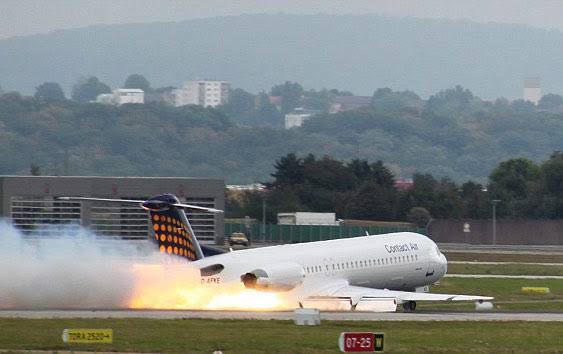Spirit Airlines Halts 40 Routes, Appoints Ex-Amazon Executive Amid Financial Overhaul
Spirit Airlines Halts 40 Routes, Appoints Ex-Amazon Executive Amid Financial Overhaul
Spirit Airlines, the ultra-low-cost carrier known for its budget-friendly fares, is undergoing a significant operational restructuring. The airline announced plans to suspend 40 routes in its November schedule, marking a substantial reduction in its flight network. This move is part of a broader strategy to streamline operations and address ongoing financial challenges.
—
Strategic Route Reductions
The decision to halt 40 routes comes as Spirit Airlines seeks to optimize its network and focus on more profitable markets. According to an internal memo obtained by Reuters, the suspended routes include seasonal services and those operating on specific days of the week. The airline aims to concentrate its resources on high-demand corridors, thereby enhancing operational efficiency and customer satisfaction.
In addition to the route suspensions, Spirit Airlines is exiting operations at two U.S. airports: Bradley International Airport in Hartford, Connecticut, and Minneapolis-St. Paul International Airport. Service to Hartford will cease on October 31, while Minneapolis-St. Paul will be phased out by December 1. These airport exits are part of the airline’s broader strategy to reduce its footprint in underperforming markets.
—
Financial Struggles and Workforce Adjustments
Spirit Airlines’ decision to reduce its route network is influenced by significant financial pressures. In August 2025, the airline filed for Chapter 11 bankruptcy for the second time in less than a year, citing declining cash reserves and mounting losses. The bankruptcy filing underscores the challenges faced by the carrier in maintaining profitability amid a competitive and volatile industry landscape.
To further address its financial situation, Spirit Airlines announced plans to furlough approximately 1,800 flight attendants. This workforce reduction is part of a broader effort to align staffing levels with the airline’s revised operational needs. The furloughs reflect the airline’s commitment to cost containment and financial stability during its restructuring process.
—
Leadership Changes and Strategic Planning
In a bid to strengthen its strategic planning and network optimization, Spirit Airlines has appointed Andrea Lusso as its new Vice President of Network Planning. Lusso brings a wealth of experience to the role, having previously served as Principal of Supply Chain and Network Design at Amazon Air. His background in data-driven optimization and supply chain management is expected to contribute significantly to Spirit Airlines’ efforts to streamline operations and enhance profitability.
Chief Commercial Officer Rana Ghosh emphasized that the route suspensions and airport exits are part of a comprehensive strategy to reduce capacity by 25% year-over-year. The airline aims to focus on its strongest markets and improve operational efficiency. Ghosh noted that while routine schedule adjustments will continue, Spirit Airlines does not anticipate additional airport exits in the near term.
—
Industry Implications and Customer Impact
The route suspensions and airport exits have significant implications for both the airline industry and passengers. Competitors are poised to capitalize on the gaps left by Spirit Airlines’ reduced presence in certain markets. For instance, United Airlines has announced plans to expand service in several routes previously served by Spirit, aiming to meet the demand of affected travelers.
For passengers, the route suspensions may lead to increased competition among airlines, potentially resulting in more favorable pricing and service options. However, travelers booked on affected routes are being notified of cancellations and offered rebooking options or refunds. Spirit Airlines has pledged to work with impacted passengers to minimize disruptions, although widespread cancellations are expected across its system in the final quarter of 2025.
—
Looking Ahead
Spirit Airlines’ strategic overhaul represents a critical juncture in the airline’s efforts to regain financial stability and operational efficiency. The combination of route reductions, workforce adjustments, and leadership changes reflects a comprehensive approach to addressing the challenges faced by the carrier. The success of these initiatives will be pivotal in determining Spirit Airlines’ ability to maintain its position in the competitive low-cost carrier segment.
As the airline continues to navigate its restructuring process, industry observers will be closely monitoring the outcomes of these strategic decisions. The broader implications for the airline industry, particularly concerning market competition and consumer choice, will unfold in the coming months as Spirit Airlines implements its revised operational strategy.
—






